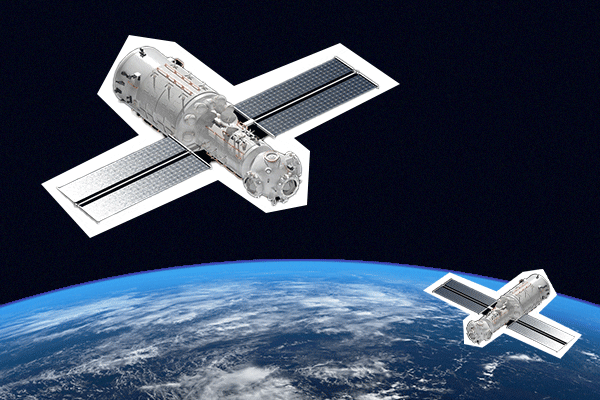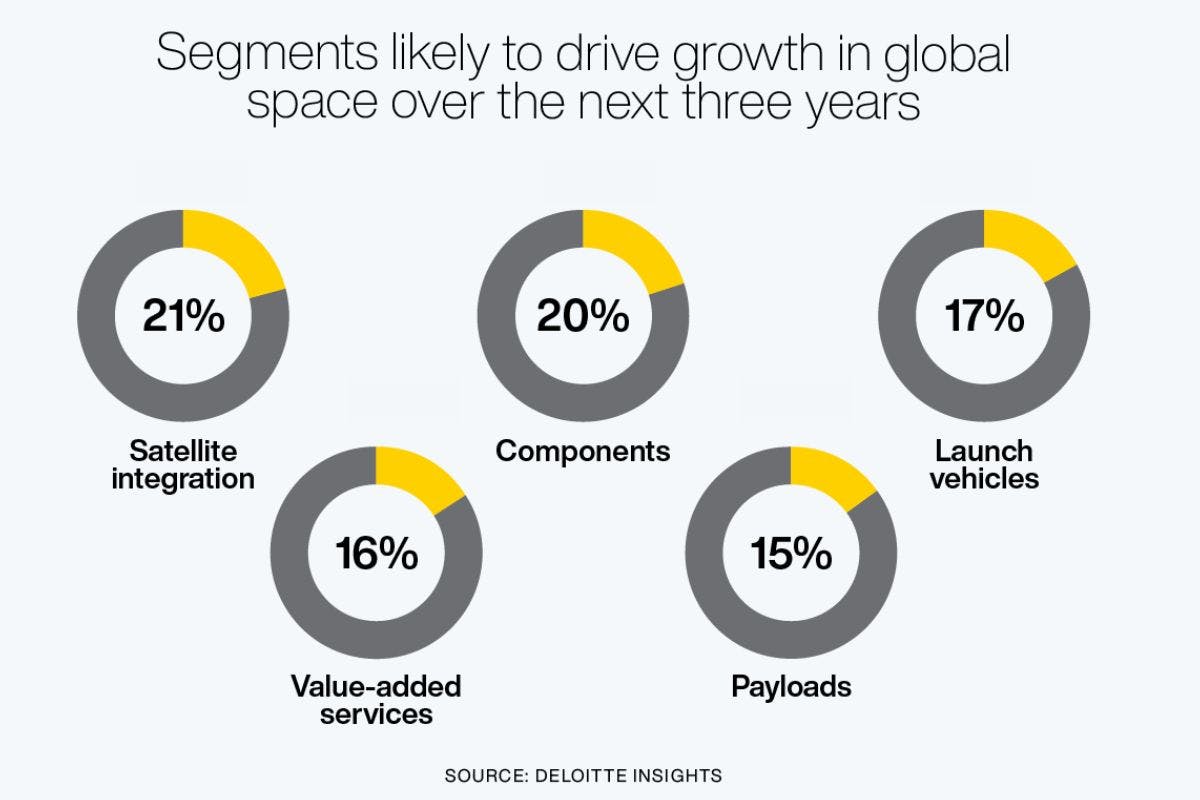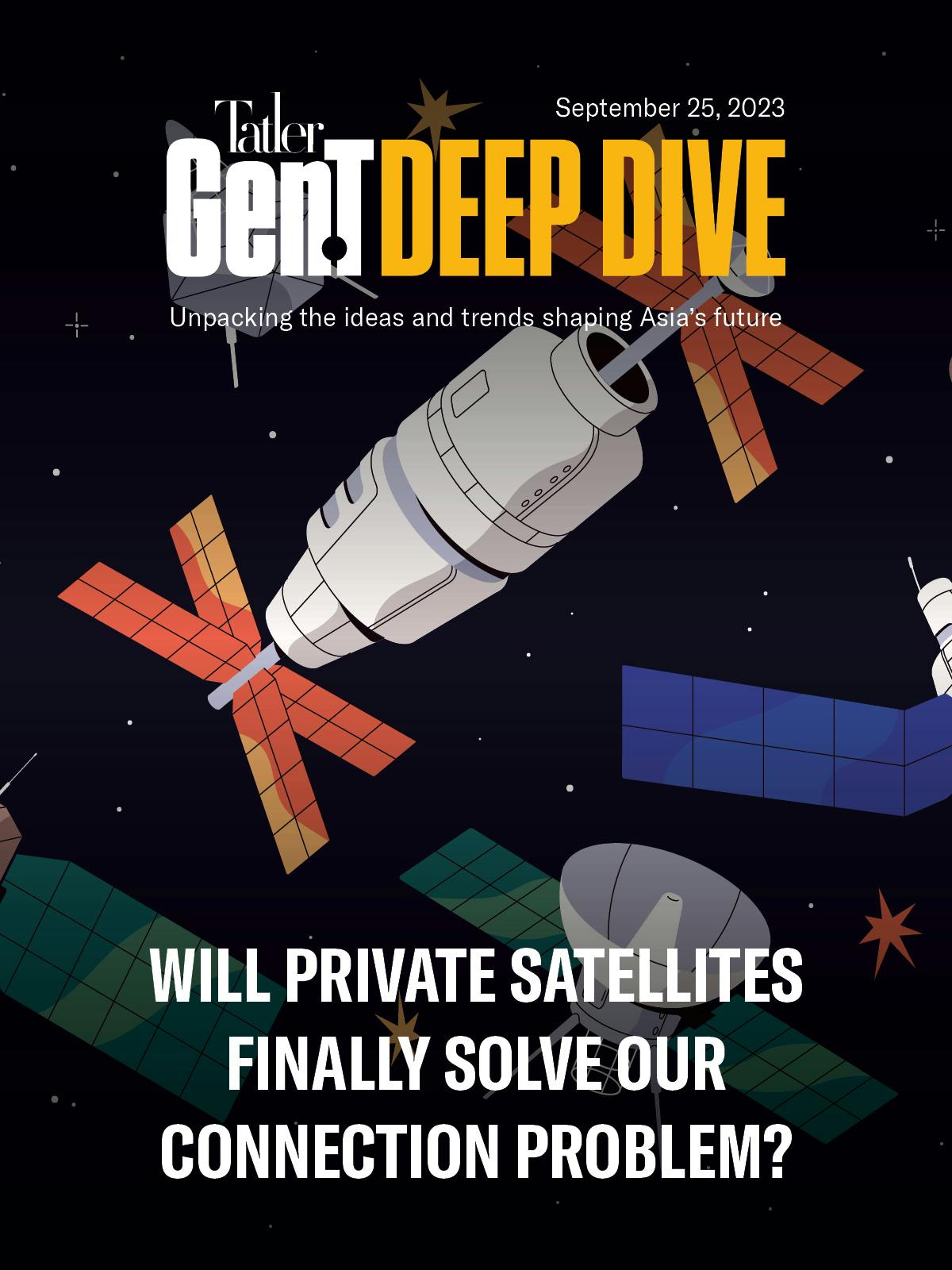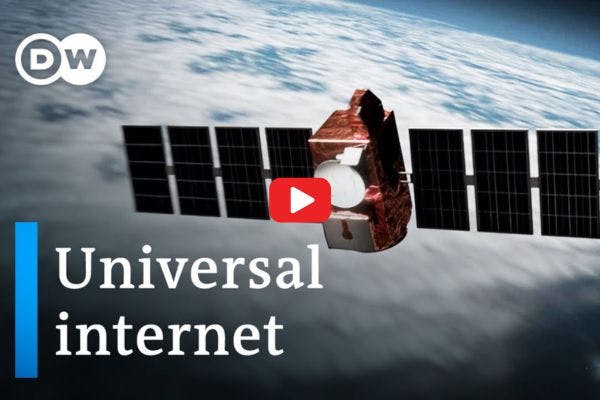The pros and cons of satellite connectivity
It’s 2023 and more than half of the world’s population still lack access to the internet. How can we fix this? Let’s take a Deep Dive.
🌎 Satellite internet is a revolutionary technology that promises to bridge the gap between the connected and the unconnected. The satellite internet industry as we know it only emerged about ten years ago.
🚀 Before then, only a few companies could afford to launch and operate satellites in space. The shift to low-cost and reusable rockets was heralded as an era of social change. But the outcome was challenging and the consequences controversial.
👍 Some are concerned that the expansion of satellite internet increases the risk of satellite collisions and space debris, while others say it is key to tackling climate change.
BY THE NUMBERS

13.6% The global satellite internet market is expected to grow 13.6 percent from 2023 to 2030, with a projected value of $26.4 billion.
7,389 As of April 2021, the Index of Objects Launched into Outer Space, maintained by the United Nations Office for Outer Space Affairs, recorded 7,389 individual satellites in space, nearly 28 percent more than in 2020. Most are used for communication and earth observation.
$113.3 billion In 2022, satellite services such as telecommunications and remote sensing generated $113.3 billion in revenues.
QUIZ
What is the main challenge of satellite internet service?
A) It is too expensive and inaccessible for most people
B) It is vulnerable to interference and latency issues
C) It is harmful to human health and well-being
Scroll to the bottom of the email for the answer.
DID YOU KNOW?

There will be more than 5,000 low Earth orbit (LEO) satellite broadband constellations by the end of 2023, Deloitte Global predicts. Some of the players with satellites currently or soon to be in orbit include SpaceX's Starlink, OneWeb from the UK and Galaxy Space from China.
THE EDIT
🌎 Challenges still lie ahead. Satellite internet can connect remote areas using satellites but faces regulatory and technical hurdles.
🚀 Amazon is playing catch up. SpaceX leads the satellite internet race with Starlink, while Amazon lags behind with Project Kuiper.
🛰️ Can AI save the world? AI can improve satellite internet performance, autonomy and data analysis.
WATCH
Mini-satellites, powerful antennas and signal processing chips enable affordable high-speed internet from space.
THE FULL PICTURE

Satellite constellations are likely to drive the space market in the coming years. According to Deloitte, the top three segments across the space value chain that will drive this growth in the next three years are satellite integration, components and launch vehicles.
KEY PLAYER
Elon Musk
Billionaire Elon Musk heads SpaceX, a company that designs, manufactures and launches rockets and spacecraft. He is also the founder of Starlink, a project that aims to deploy thousands of low Earth orbit satellites to provide high-speed, low-latency and affordable internet access to anyone, anywhere.

HONOUREE TO KNOW
Rohit Jha
The co-founder and CEO of Transcelestial believes digital connectivity is a human right—but also knows much of humanity struggles to get it. His company’s device Centauri works like fibre optics in space, delivering wire-free, high-speed internet through laser beams. The shoebox-sized devices are available across South and Southeast Asia.

ONE FINAL THING

When Tonga’s main internet cable faced disruption after a volcanic eruption, some Tongans used Starlink, a satellite internet service by SpaceX, to reconnect online. A local company, Kacific, had installed terminals before the disaster.




